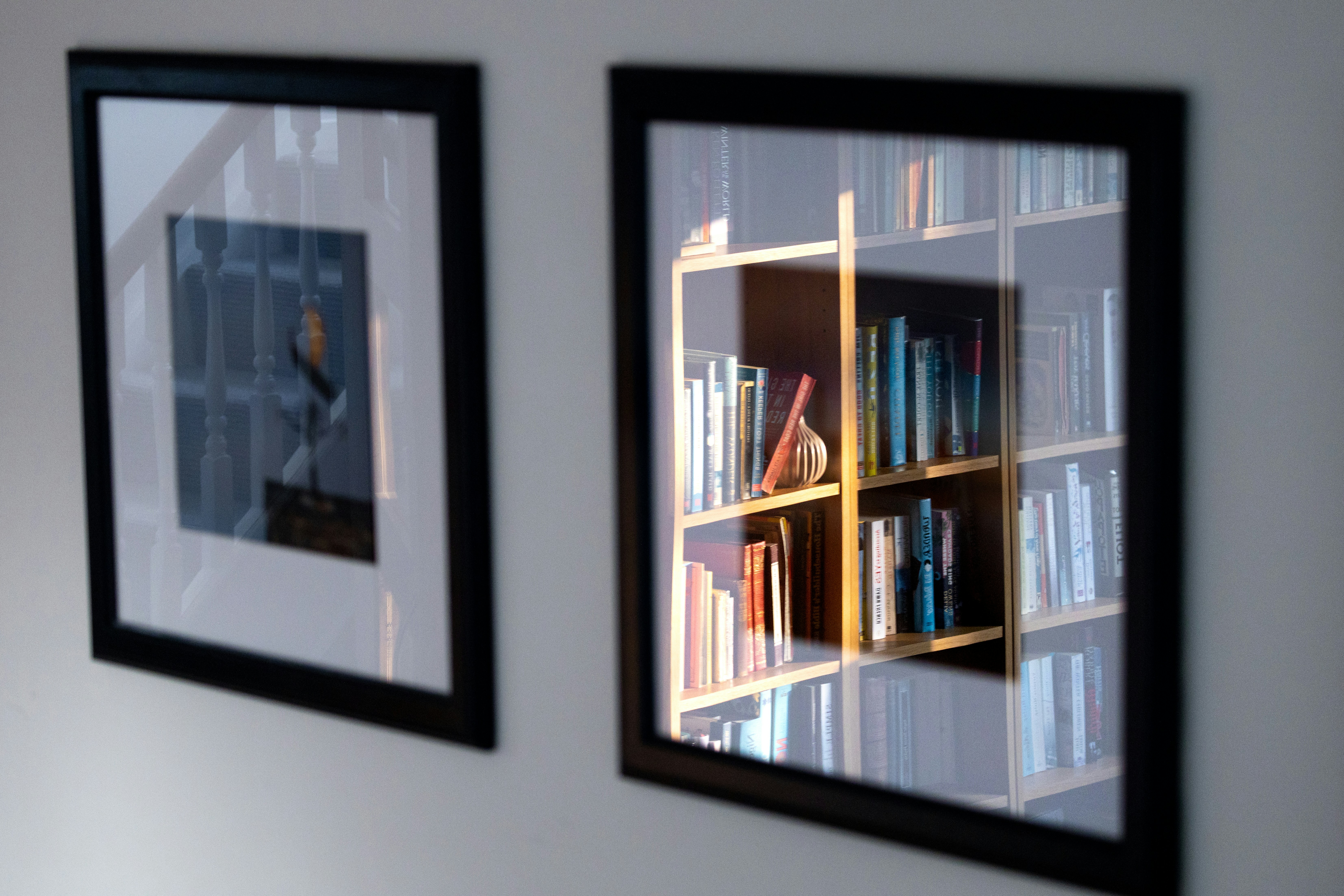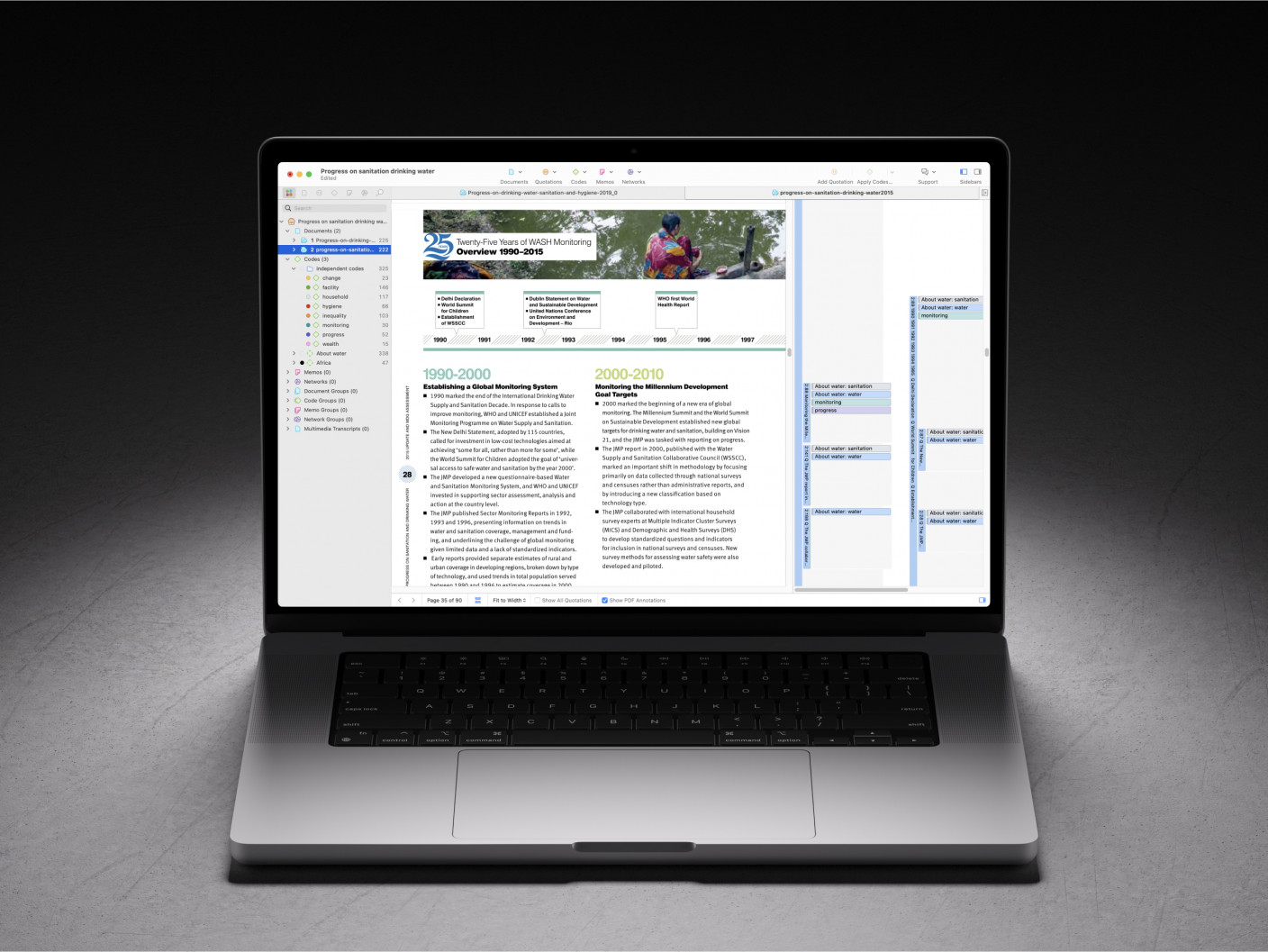How to Publish a Literature Review?
How to Publish a Literature Review?
Publishing a literature review involves many steps, while some decisions will be out of the author’s control, some essential steps could increase the probability of being published. These include choosing the right journal, preparing the submission documents, and reviewing the literature review for errors.

Preparing for submission
Choosing the right journal is the first step for publishing your literature review. Consider the scope, audience, and impact factor when selecting a journal. The journal’s impact factor can indicate its reputation and influence within your field. Check that your literature review aligns with the chosen journal’s aims and scope because they vary depending on the journal. For example, if your review paper is a systematic review, it should be submitted to journals that prioritize comprehensive analyses. It’s also a good idea to make sure you are citing relevant sources from your targeted journal to clearly convey that your research aligns with the journal.
Proper formatting and accurate citations are essential for a professional and credible submission. Follow the journal’s specific formatting guidelines, including headings, font size, and layout. Using the required citation style, such as APA, MLA, or Chicago, is crucial. Ensure that all sources are accurately cited both in-text and in the reference list. This demonstrates attention to detail and respect for intellectual property. Thorough proofreading helps eliminate errors and inconsistencies and presents a polished, error-free literature review.
The next step is to craft a cover letter for presenting your literature review. It should introduce your review article, briefly describe the topic and significance of your literature review, and explain the research question your review addresses. Highlight how your review contributes to the existing literature and why it suits the chosen journal. Express your willingness to make revisions based on feedback from the journal editors and reviewers.
The submission process
Most scholarly journals use an online submission system. Create an account on the journal’s submission portal if you don’t already have one. Upload your manuscript, cover letter, and supplementary materials, double-checking that all files meet the journal’s requirements. Complete the required forms, including conflict of interest statements and author contributions. Double-check all submitted materials for completeness and accuracy before final submission. Verify that your abstract, keywords, and references are correctly formatted.
After submission, your manuscript will undergo the peer review process. This typically involves an initial review by the journal’s editor to assess the suitability of your literature review submission. It will be sent for peer review if it meets the basic criteria. Experts in the field will provide detailed feedback, including requests for revisions, additional information, or clarifications. Address the reviewers’ comments thoughtfully and thoroughly and make necessary revisions to improve the document’s quality and clarity. Resubmit the literature review document with a detailed response to reviewers, explaining how you addressed their comments.
Be prepared for multiple rounds of revision, and remember that the peer review process is a collective effort to ensure the paper is rigorous and contributes value to the scholarly community.
After acceptance
Once your literature review is accepted, it will be proofread by the journal’s editorial team. It is important to review it one more time after proofreading to check for any errors or inconsistencies as this is your last chance to make corrections before publication. Submit any necessary corrections or approvals within the specified timeframe.
After the final proofreading and approval, your literature review will be published in the academic journal. Some journals publish articles online before they appear in print, providing early access to your work and potentially increasing its citation rate. Your article will be included in the next available issue of the journal.
Promoting your literature review
Once your literature review is published, it is time to share your published review with colleagues and peers. Their feedback and discussions can enhance the impact of your work. Consider sending a copy of your article to your professional network via email or depositing your article in your institution’s digital repository, if available. Sharing your work helps increase its visibility and impact.
Presenting your findings at academic conferences is an excellent way to promote your literature review. It allows you to engage with other researchers, gain valuable feedback, and network with potential collaborators. Choose relevant conferences in your field where your literature review will be most impactful. Prepare a clear and concise presentation of your literature review, focusing on key findings and implications. Discuss your findings with attendees and network with other researchers.
Social media platforms are also effective tools for promoting academic work. Share links to your published review on platforms like X, LinkedIn, or other platforms, and engage with the academic community online. Use relevant hashtags to increase visibility. Upload your article to ResearchGate to increase its visibility among researchers and engage with comments and questions from the community. Writing blog posts about your literature review and sharing them on academic blogging platforms can attract a broader audience and stimulate discussions.
Publishing a literature review can significantly impact your field of study. It synthesizes existing knowledge, identifies research gaps, and guides future studies. By publishing your review, you contribute to the academic community and establish yourself as an expert in your field. This can lead to increased citations, invitations to speak at conferences, and opportunities for collaboration. The visibility and influence of your work are enhanced when you actively promote it through various channels.


